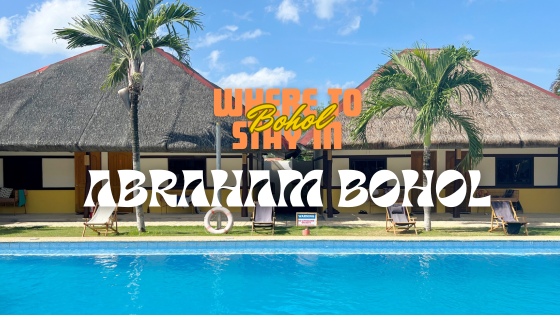I availed Abraham Tours’ Virgin Island Sunset Tour and couldn’t resist their essential Bohol Countryside Tour. This full-day trip offered by the tour agency guarantees a day filled with enjoyment, showcasing Bohol’s must-see destinations. A decade ago, I visited Chocolate Hills Adventure Park, barely scratching Bohol’s vast offerings for visitors.
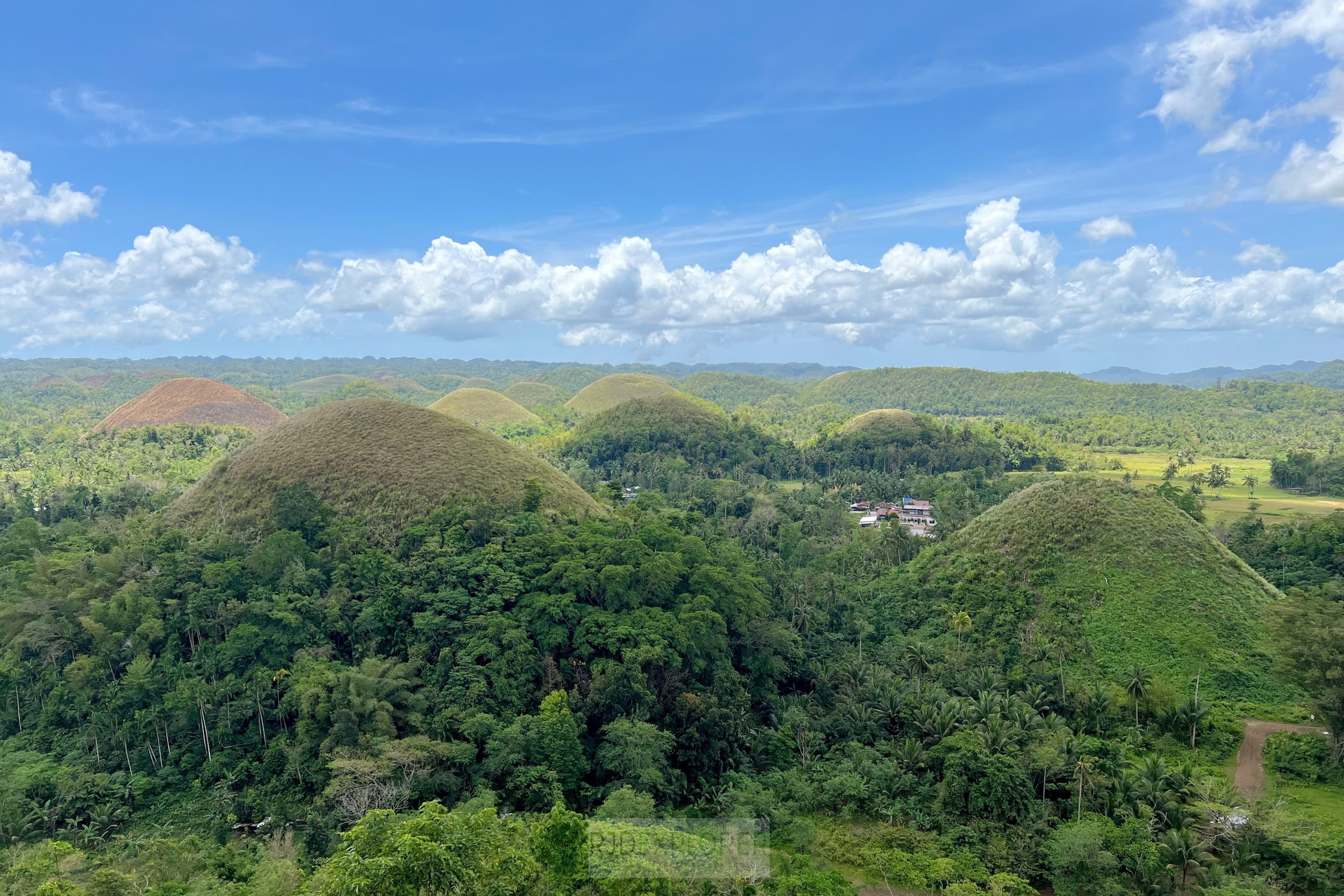
I decided to join this tour because it offered unique sites and activities that aren’t typically included in standard tours. I was drawn to the chance to visit a Asin Tibuok factory and try stand-up paddle boarding in Loboc River. But beyond these activities, there were other surprises waiting for us. I’m glad I went with Abraham Tours because it saved me the trouble of researching ways to explore Bohol.
Abraham Tours: Bohol Countryside Tour
The meet-up remains at Abraham Bohol‘s receiving hall, convenient for guests, especially with the 8 AM set time. Since the tour lasts for 9.5 hours, it’s important to conserve your energy the night before. Most of the locations are on Bohol Island, and the first stop is approximately 45 minutes from the resort.

Asin Tibuok Factory
Asin Tibuok, a unique Filipino artisanal sea salt, is exclusively crafted in Bohol, differing from the common seawater evaporation method. This traditional process is labor-intensive and time-consuming, resulting in a product that is slightly more expensive than standard table salt. Unfortunately, this salt-making tradition is at risk of extinction due to the availability of cheaper salt options in the market. Additionally, fewer people are now involved in the tradition, with diminishing appeal to younger generations.
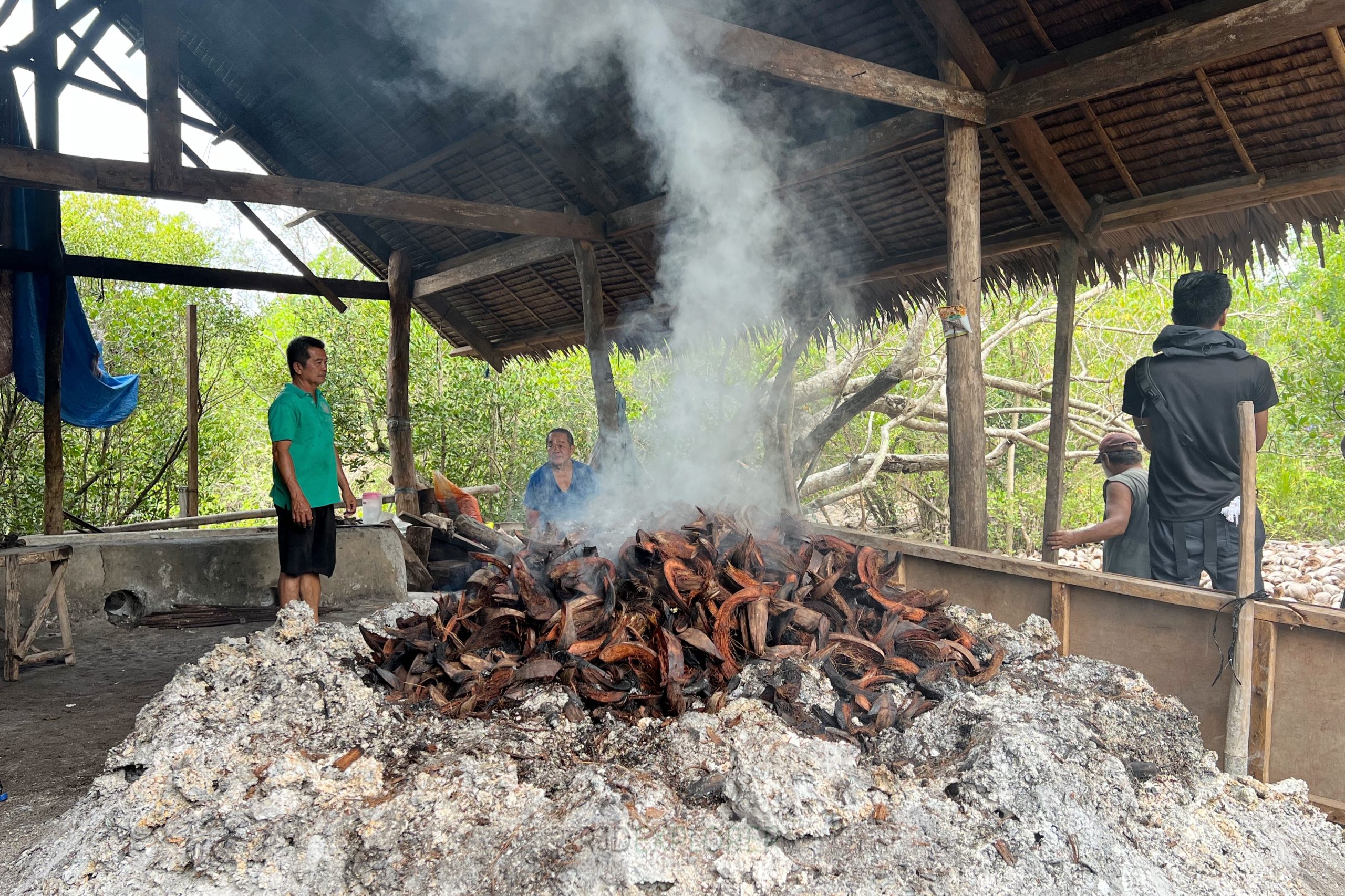
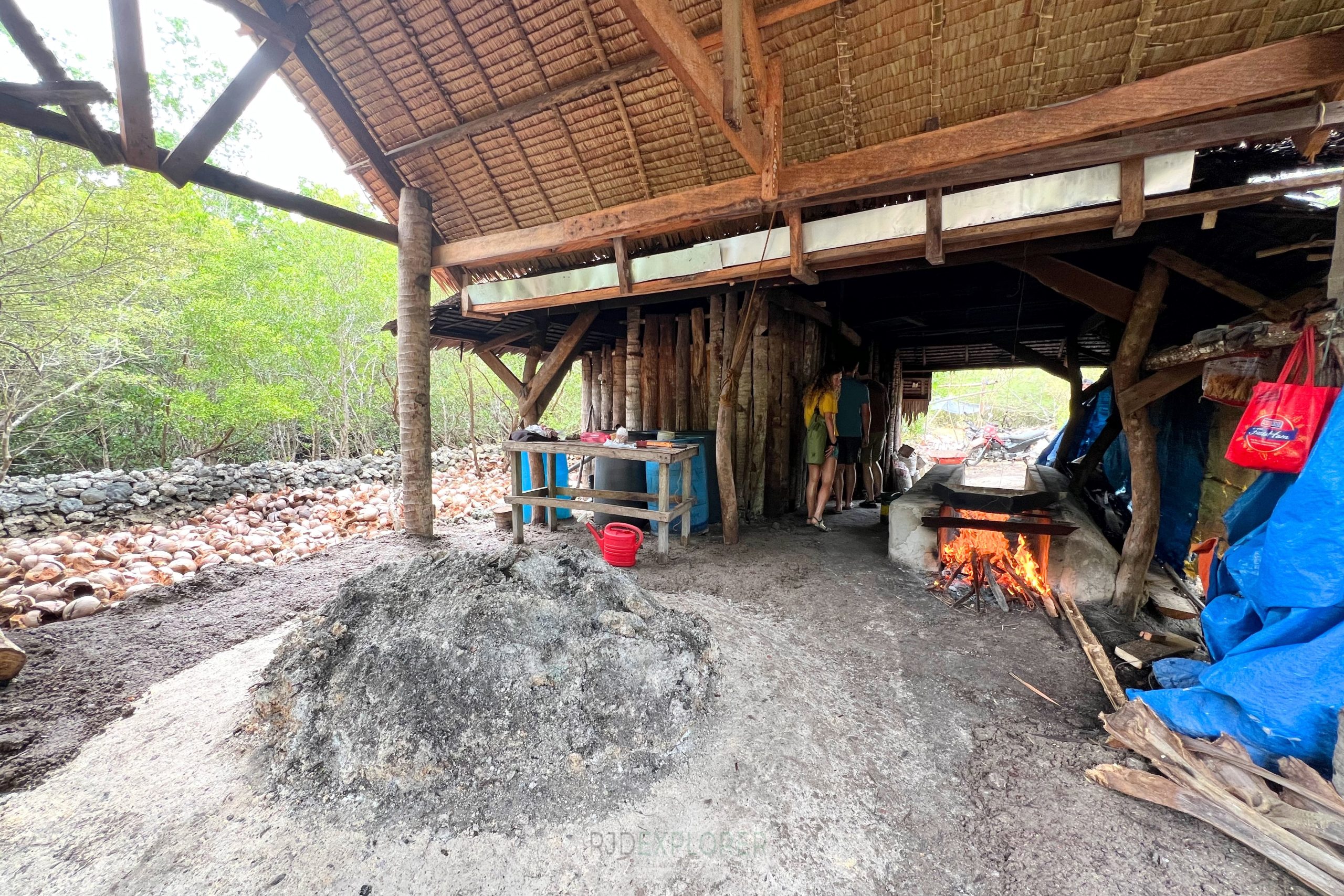
Bohol’s local governments actively promote visits to Asin Tibuok factories to tourists, aiming to sustain this traditional craft. During our visit, we learned the entire process, starting with workers burning coconut husks soaked for three months in saltwater pools near mangroves. Over the course of three days, seawater is continuously and gradually poured onto the burning heaps. According to the staff, once highly concentrated salty ashes remain, they are successively filtered through three large filters, with seawater poured through them, resulting in a highly concentrated brine.

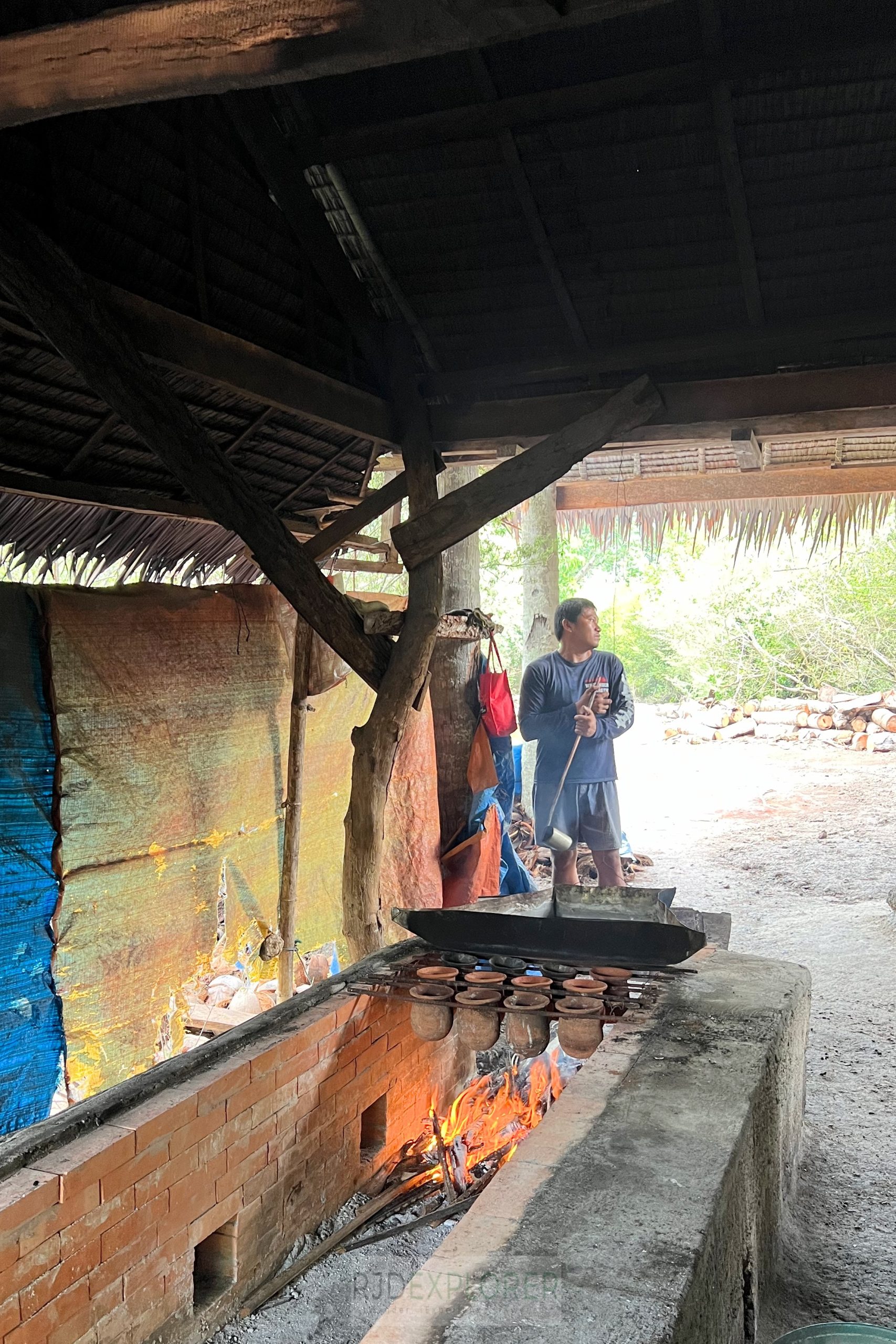
To make the salt, they place specially made clay pots over a wood fire and continuously pour concentrated brine into boiling pots for hours. As the brine boils, salt sediments form. Saltmakers diligently oversee the clay pots, ensuring they remain filled with brine to prevent them from drying out and cracking. Witnessing this Bohol tradition was wonderful, seeing everyone’s efforts in preserving it despite the challenges they face.
Bilar Man-made Forest
Excited to catch a glimpse of the second-smallest primates in the world, we made our way through Bilar Man-made Forest. Towering Mahogany trees created a majestic canopy over the road, painting a scene straight out of a movie scene. However, our guide informed us that they now avoid stopping at this attraction due to past accidents. Aside from the risk posed by passing cars, there have been instances of branches falling, potentially endangering tourists taking pictures.
As we passed by the forest, our guide shared that it’s considered a biodiversity-dead zone. This means that native animals struggle to thrive there. The trees, planted during a reforestation project several decades ago, consist mainly of non-native species such as Mahogany. Consequently, our native organisms are not well-suited to inhabit this environment.
Bohol Tarsier Conservation Area
A decade ago in Bohol, I regretted missing the chance to see its famous tarsiers during my first visit. This time, I made sure to visit the tarsiers—a rite of passage for anyone coming to Bohol. Thanks to Abraham Tours, we had plenty of time to explore the conservation center dedicated to these adorable creatures. The entrance fee was already included in the tour package.
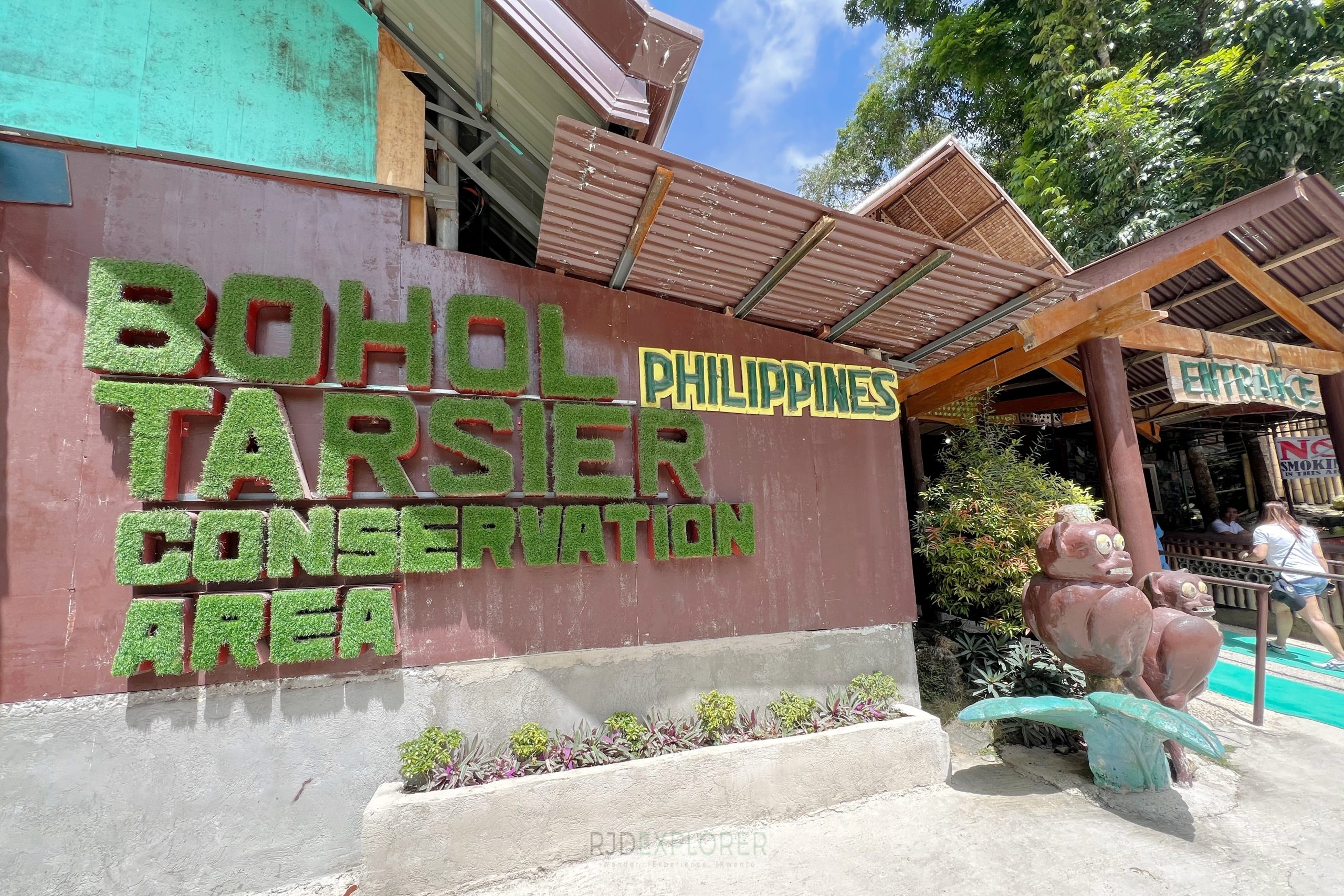
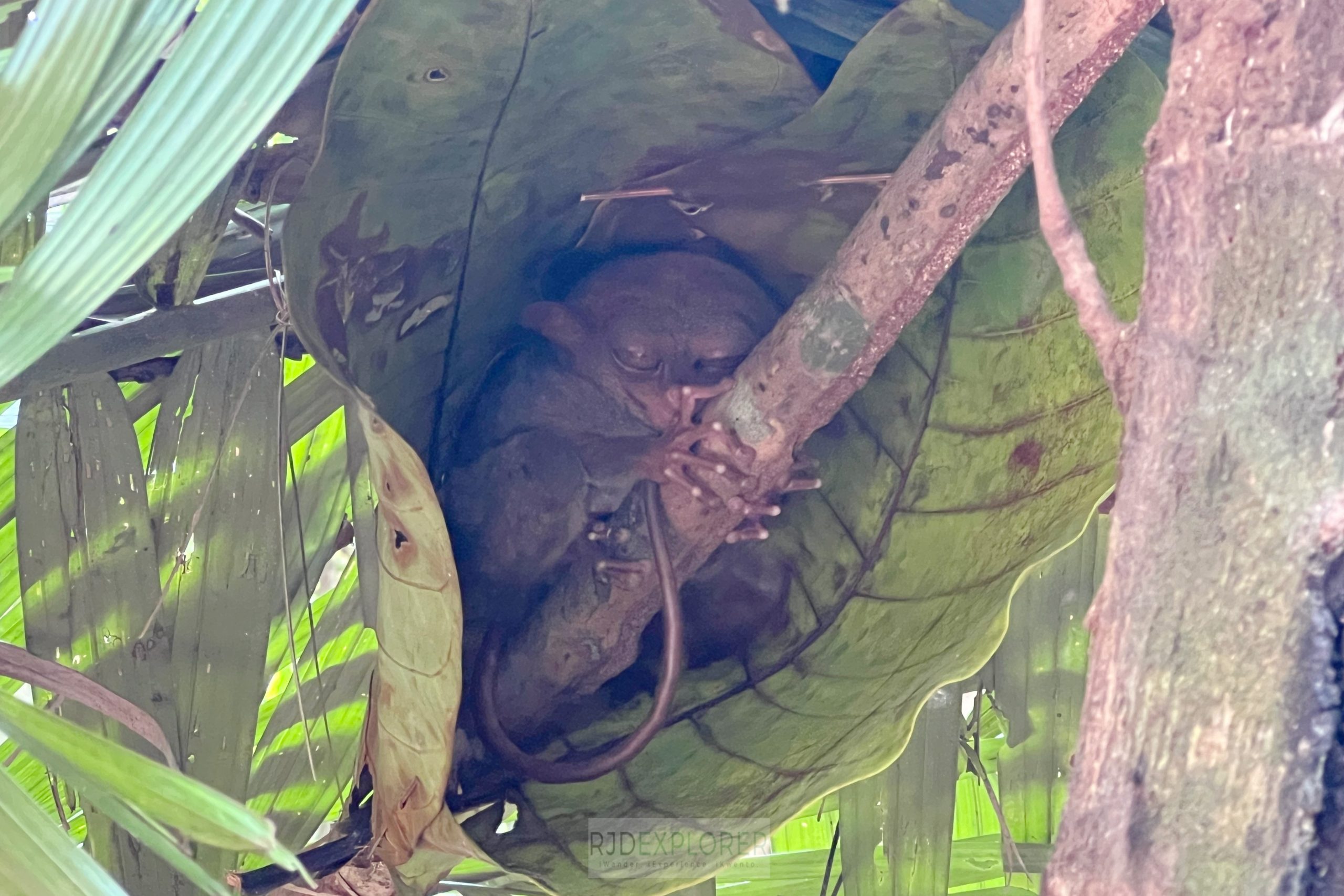
Staff at the entrance will advise you to keep an eye out for the tarsiers along the trail. However, there are also guides stationed along the trail who will point the exact locations of these adorable primates. They kindly remind tourists to maintain silence and refrain from using flash photography to avoid disturbing the tarsiers. The breeding area is restricted, but visitors can still enjoy watching tarsiers freely roam the conservation area’s trees.

Tourists are not permitted to go beyond the barricades for the safety of the animals. At the trail’s end, a staff member helps visitors capture close-up photos of tarsiers using your own phones. This presents a fantastic opportunity for a memorable photo-op with these captivating creatures, the second-smallest primates in the world.
Chocolate Hills
Our next stop was the iconic Chocolate Hills, a natural wonder familiar from my primary school geography books. For many Filipinos, visiting “the hills that turn into chocolates” is a dream come true. However, during our visit, they resembled matcha-flavored Hershey’s kisses, adorned with lush green grass. Climbing the view deck treated us to a breathtaking 360-degree panoramic view of the Chocolate Hills.
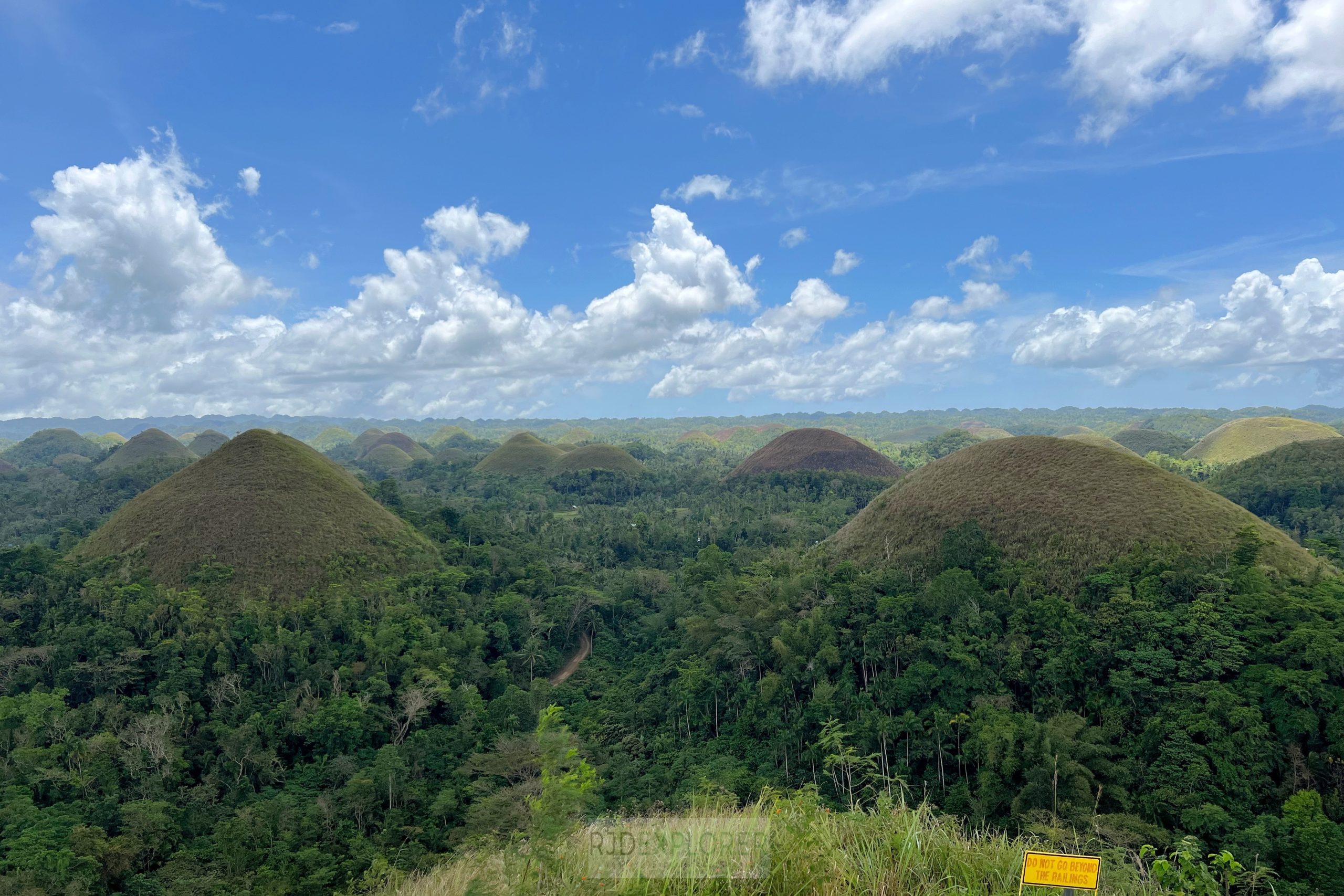
Loboc River Stand-up Paddle Boarding
One of the activities I eagerly anticipated was the stand-up paddle boarding on Loboc River. While typical tours offer a buffet lunch cruise on the river, Abraham Tours went the extra mile to provide a unique and immersive experience by including stand-up paddle boarding, allowing us to get up close and personal with the river.


After a delicious meal at Venia’s Kitchen of Loboc River Resort, we headed to the floating platform for orientation. The meal, though not included, was still affordable and tasty. After brief instructions from the guides, we were set to board the longboards with paddles in hand. The river stayed calm, except for passing fishermen’s boats, making it easy to maintain balance while gliding along. Though it was quite exhausting, stand-up paddle boarding was undoubtedly the highlight of the tour.

Bahalina Local Wine Tasting
While at the Asin Tibuok factory, our guide intrigued non-Filipino members by mentioning coconut wine. Backing the guide’s suggestion, we briefly stopped at a roadside store offering bahalina, a local coconut wine. Unfortunately, I couldn’t indulge much due to experiencing acid reflux that day. Despite its resemblance to the local vinegar dip “pinakurat,” I found bahalina surprisingly sweet when I took a sip. Trying bahalina was fun, especially since I never had the chance during my 3 years in Cebu.
Baclayon Church
After our brief drinking session, we proceeded to visit Baclayon Church, marking the final stop of our day tour. Some tours skip this spot due to time constraints, so I was grateful that Bohol Countryside Tour includes it as the last stop before returning to Panglao. Baclayon Church, also known as La Purisima Concepcion de la Virgen Maria Parish Church, is Bohol’s oldest church. Its coral-stone structure was completed in 1727, although Christian settlement in the area dates back as early as 1596. Recognized for its historical significance, Baclayon Church has been declared a National Historical Landmark by the National Historical Commission of the Philippines and a National Cultural Treasure by the National Museum of the Philippines.

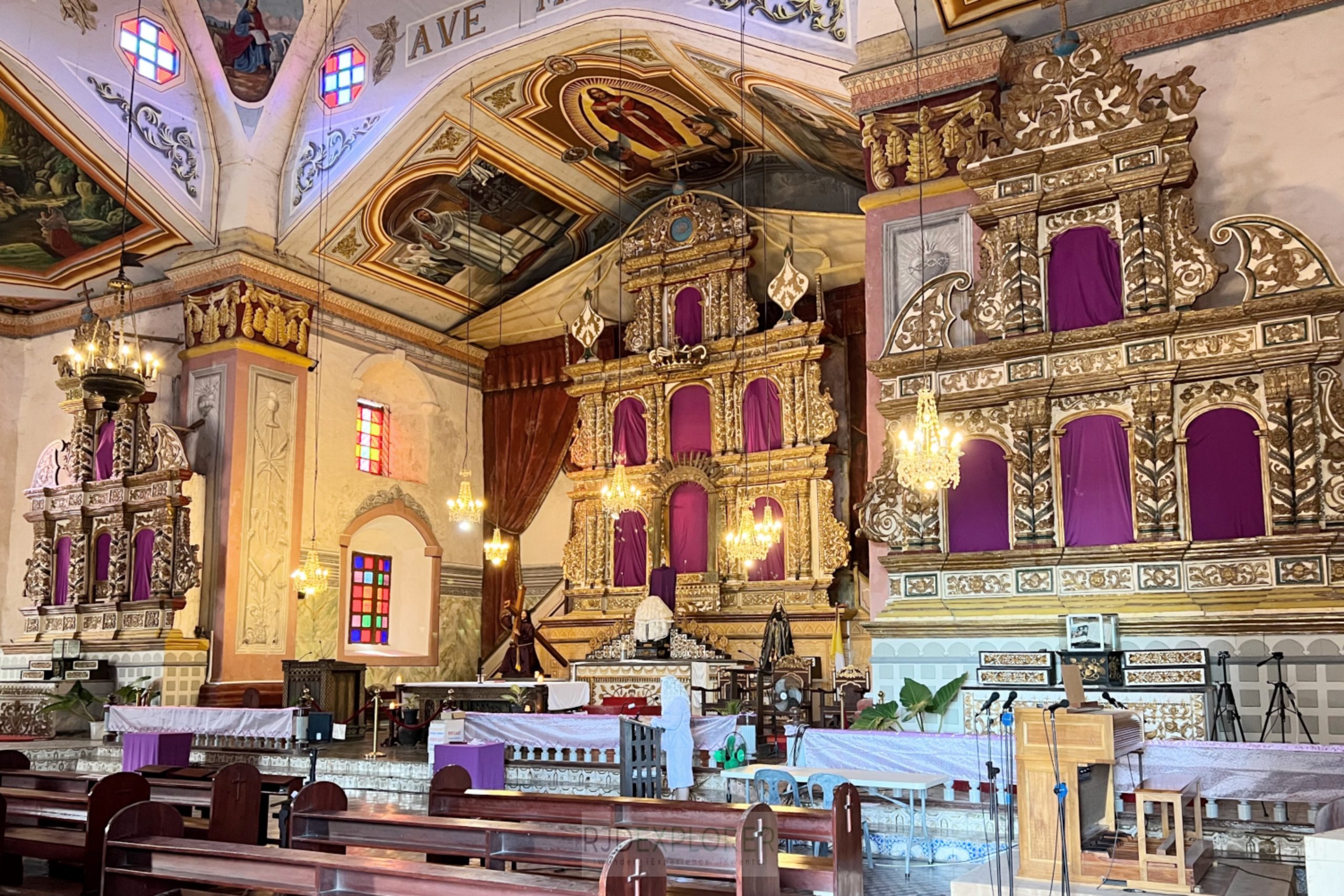
Bohol truly has so much to offer, and I regret missing out on these attractions during my first visit. While not exhaustive, this list is a great starting point for travelers to begin exploring Bohol and getting to know its people. Visiting these sites offered a glimpse into thriving traditions and locals’ dedication to preserving them across generations. A big thanks to Abraham Tours for offering Bohol Countryside Tour, a fantastic day tour that provided a perfect introduction to Bohol.
Looking for a Bohol tour for your upcoming trip? Checkout Abraham Tour’s Bohol Countryside Tour on this link.






